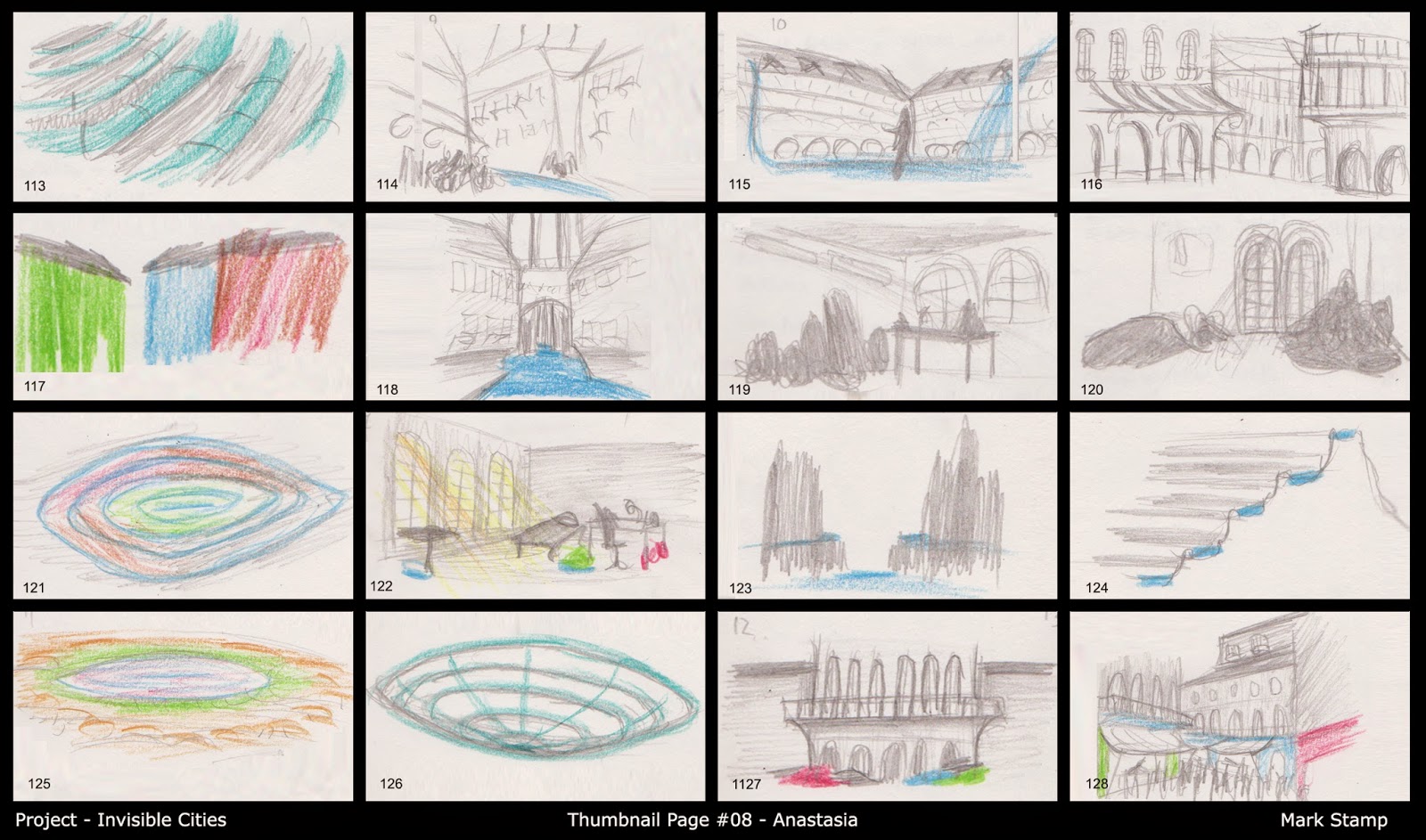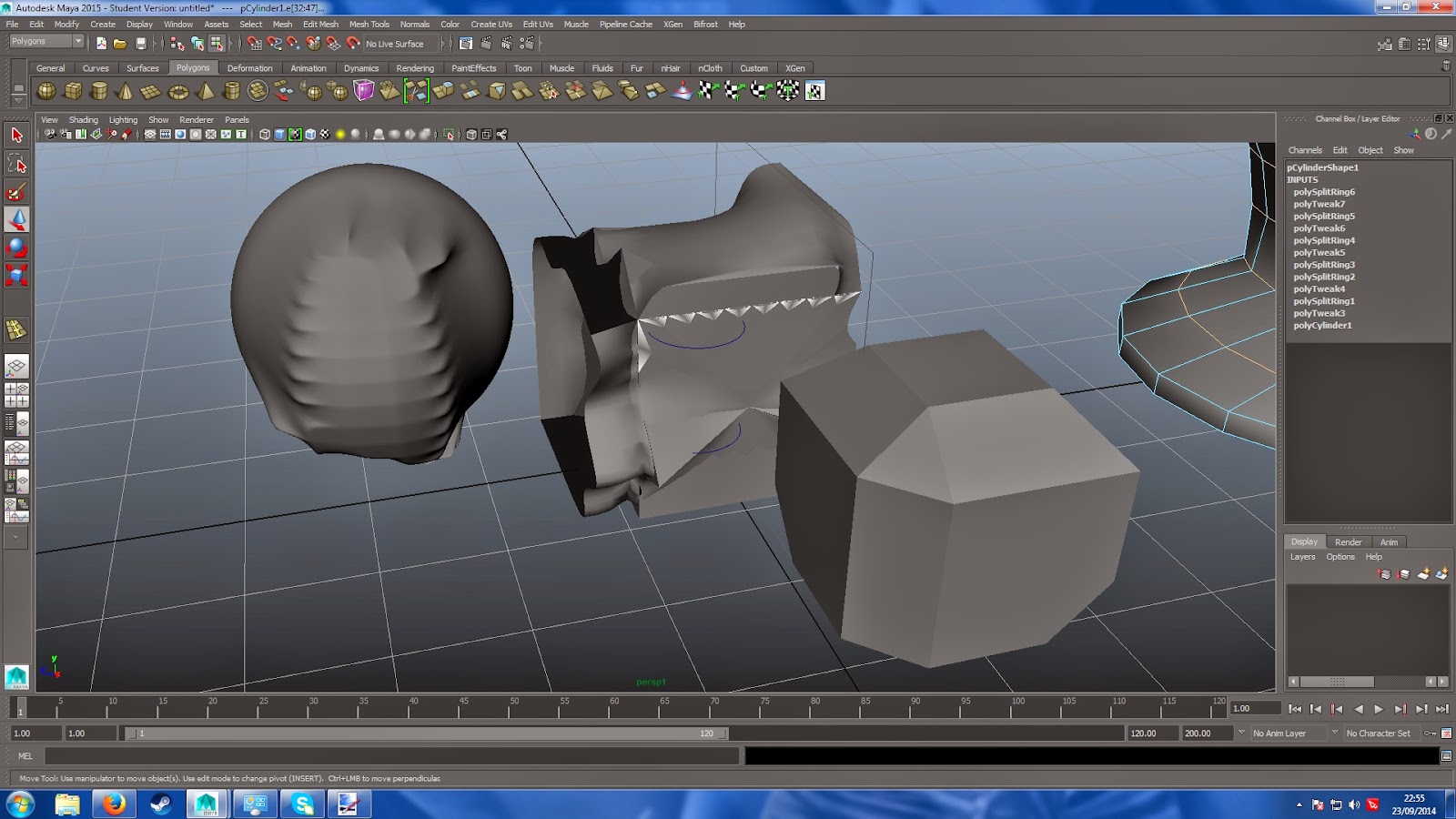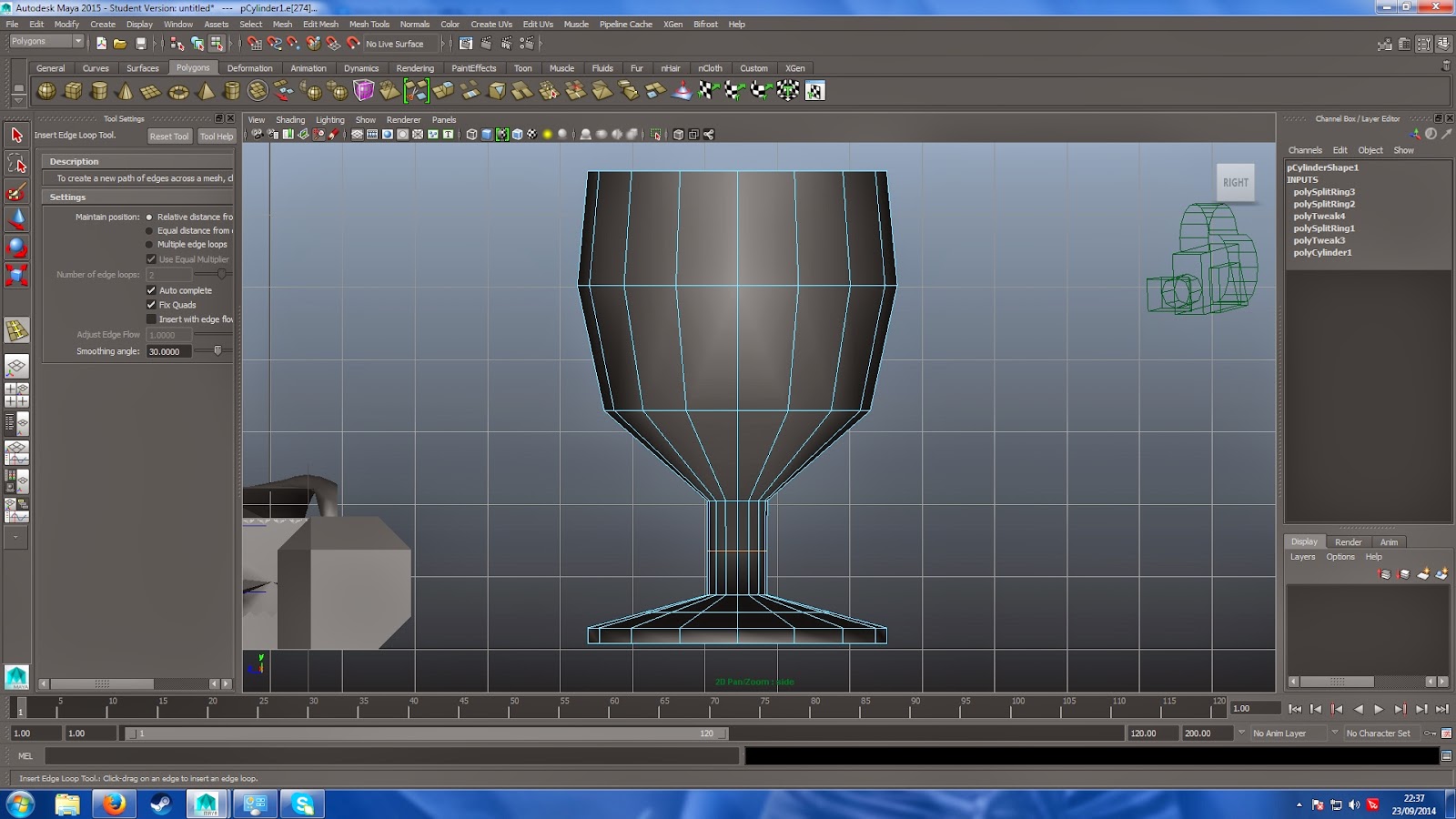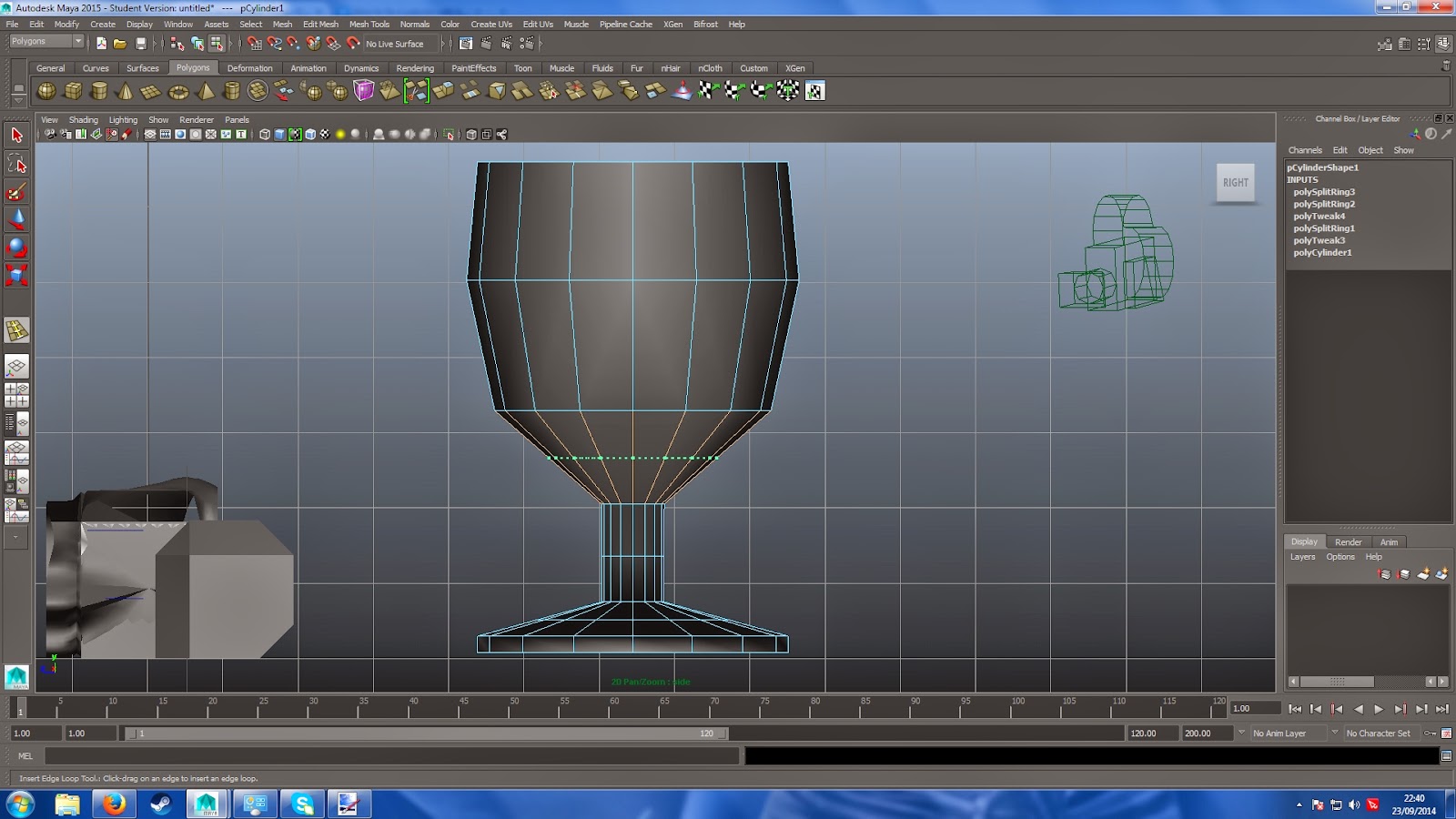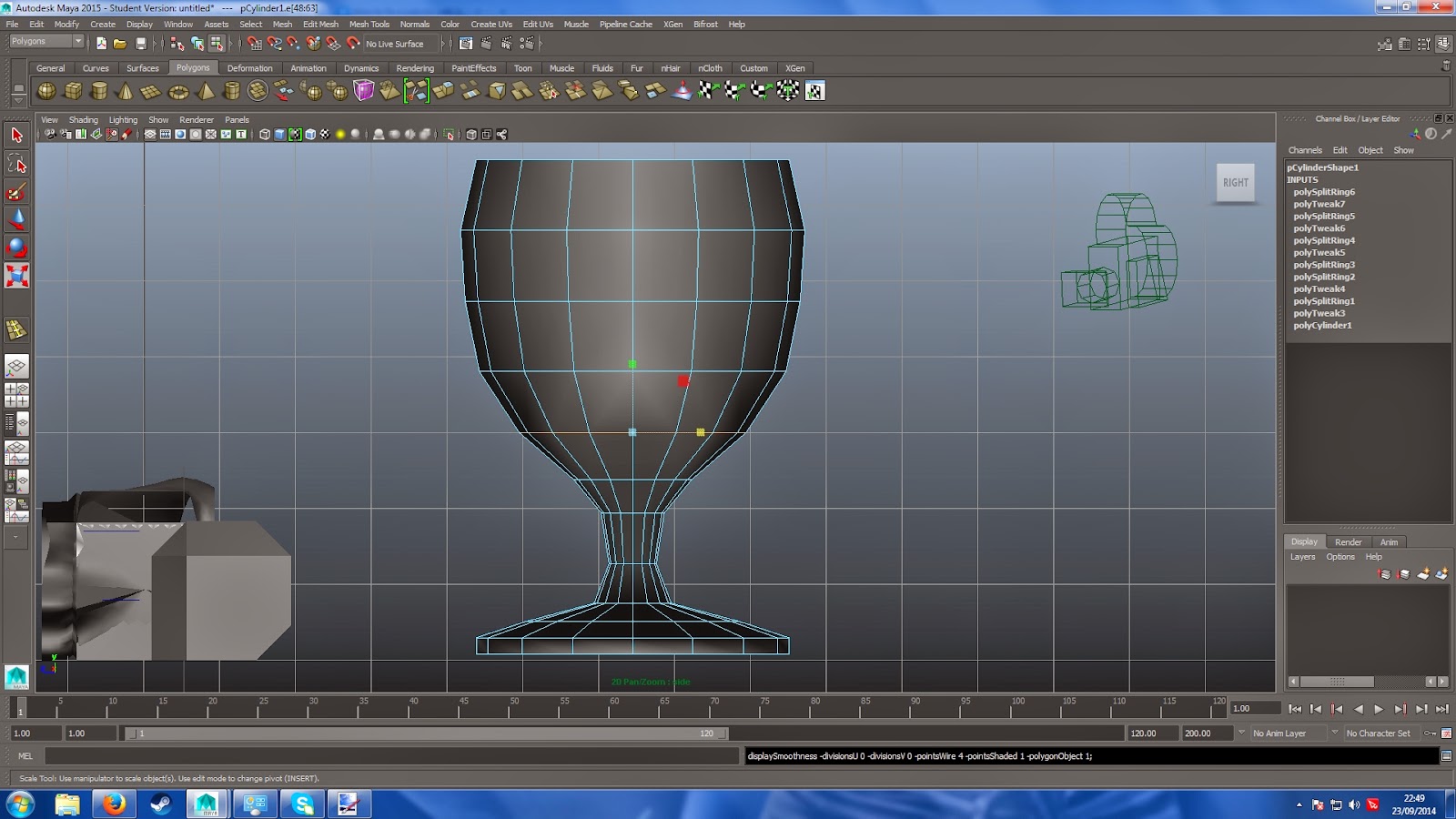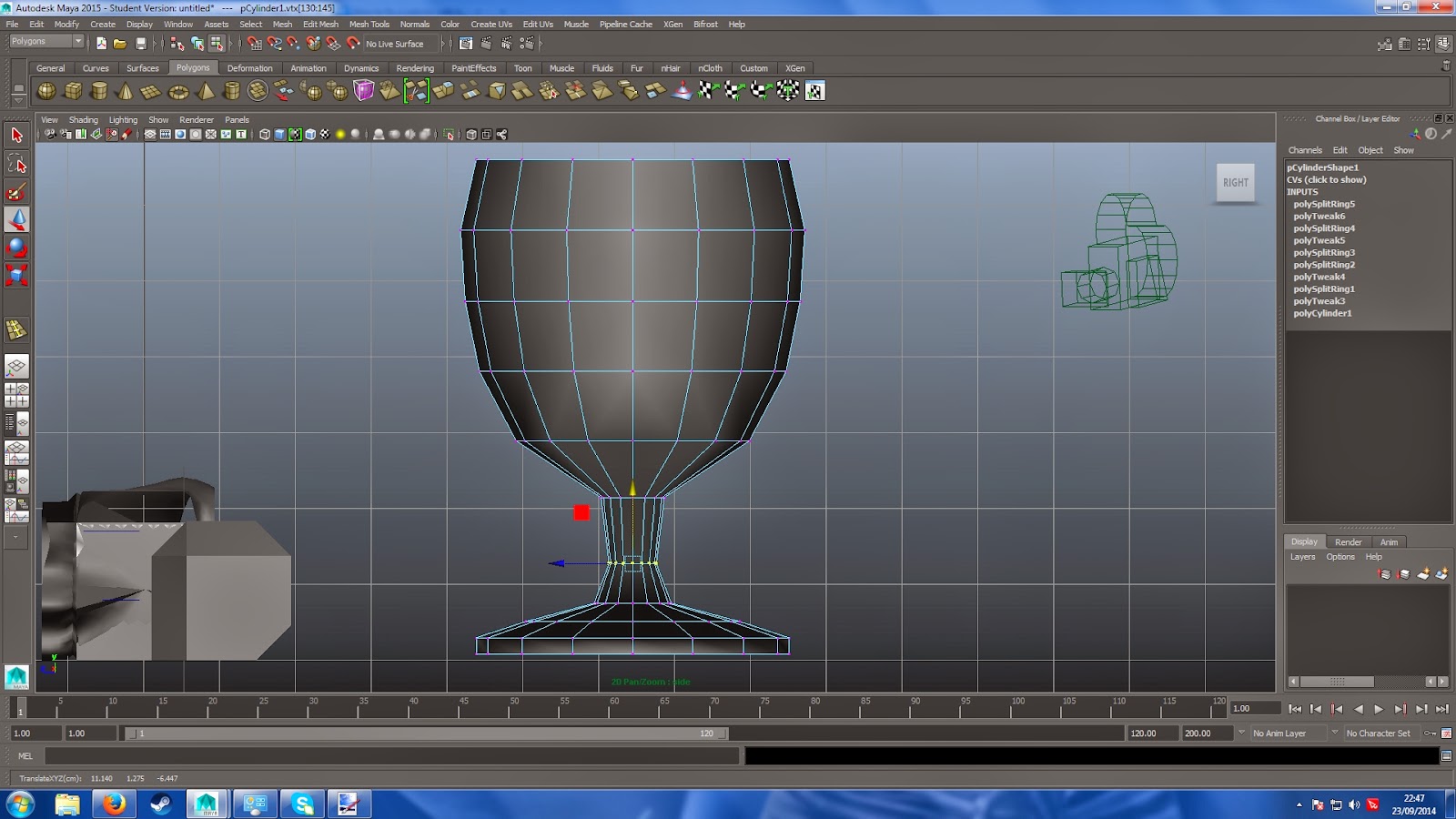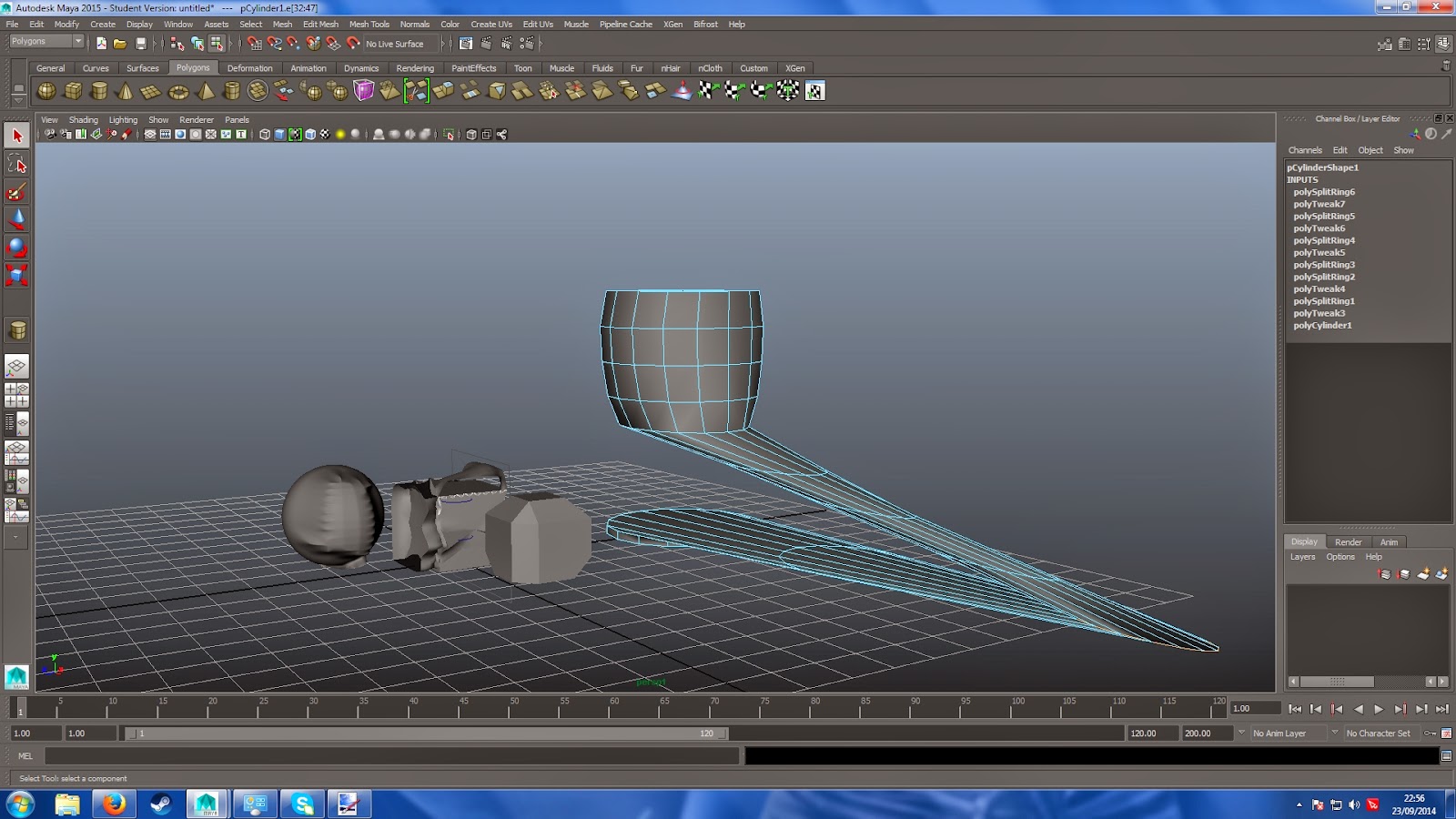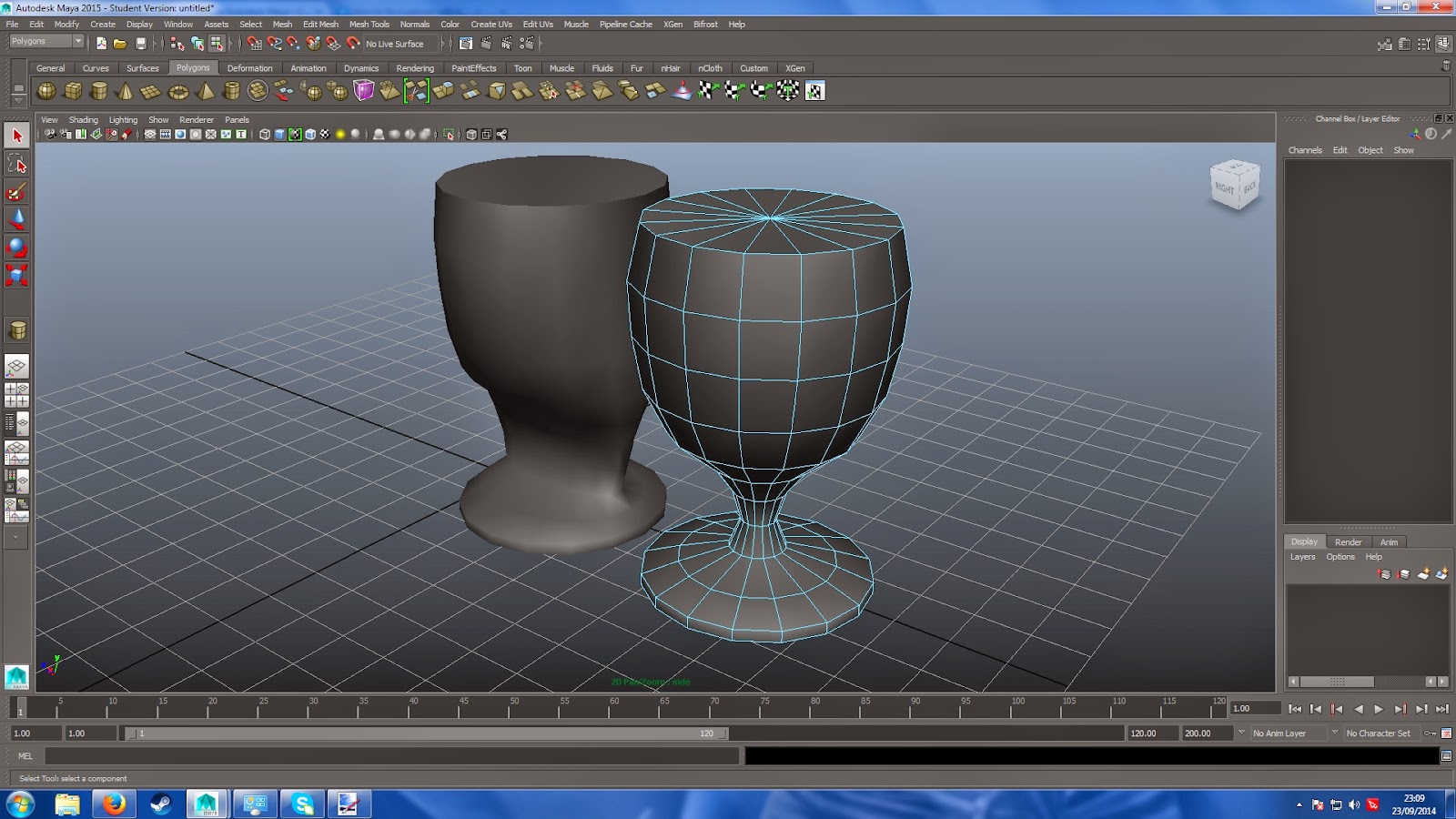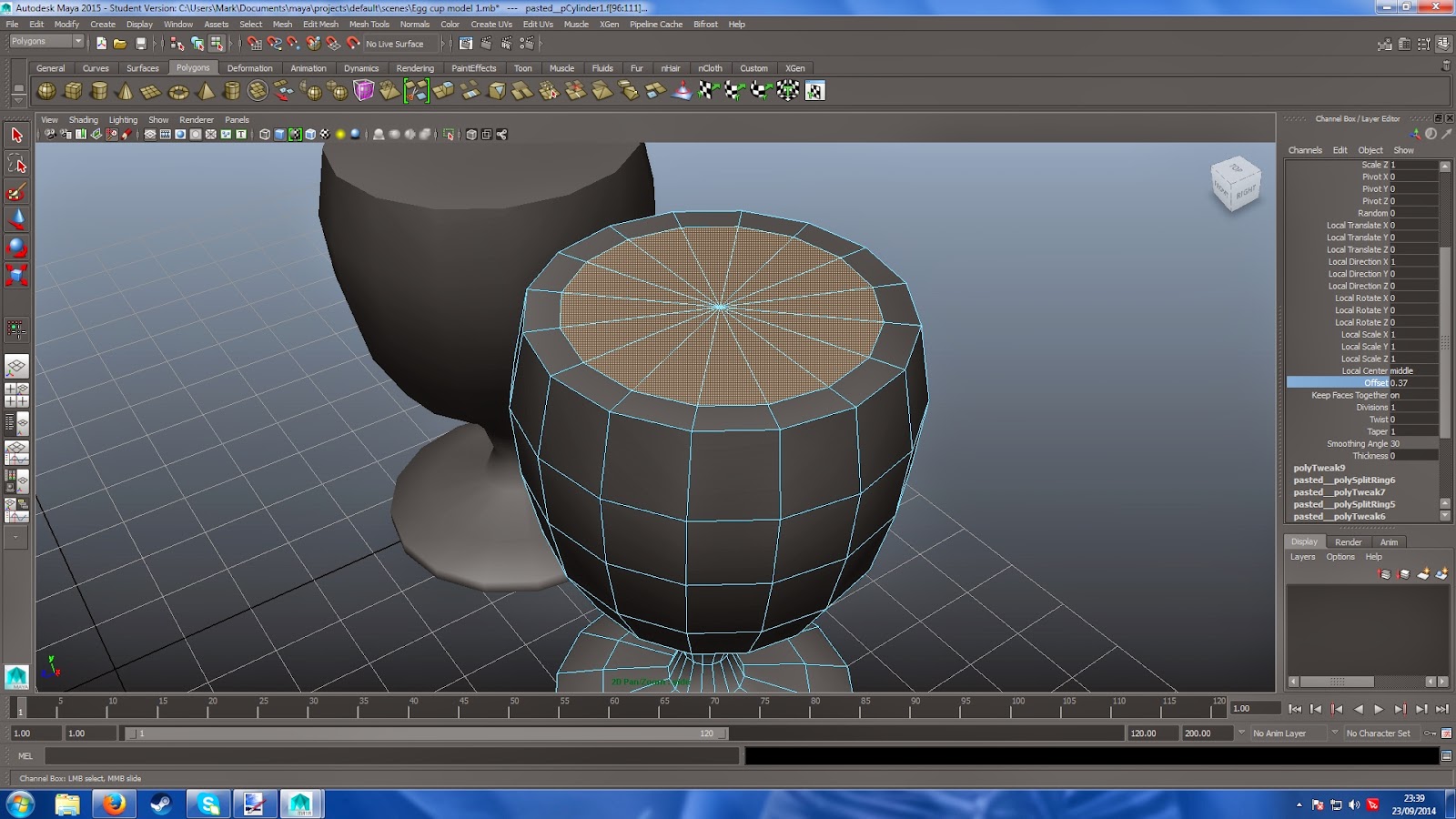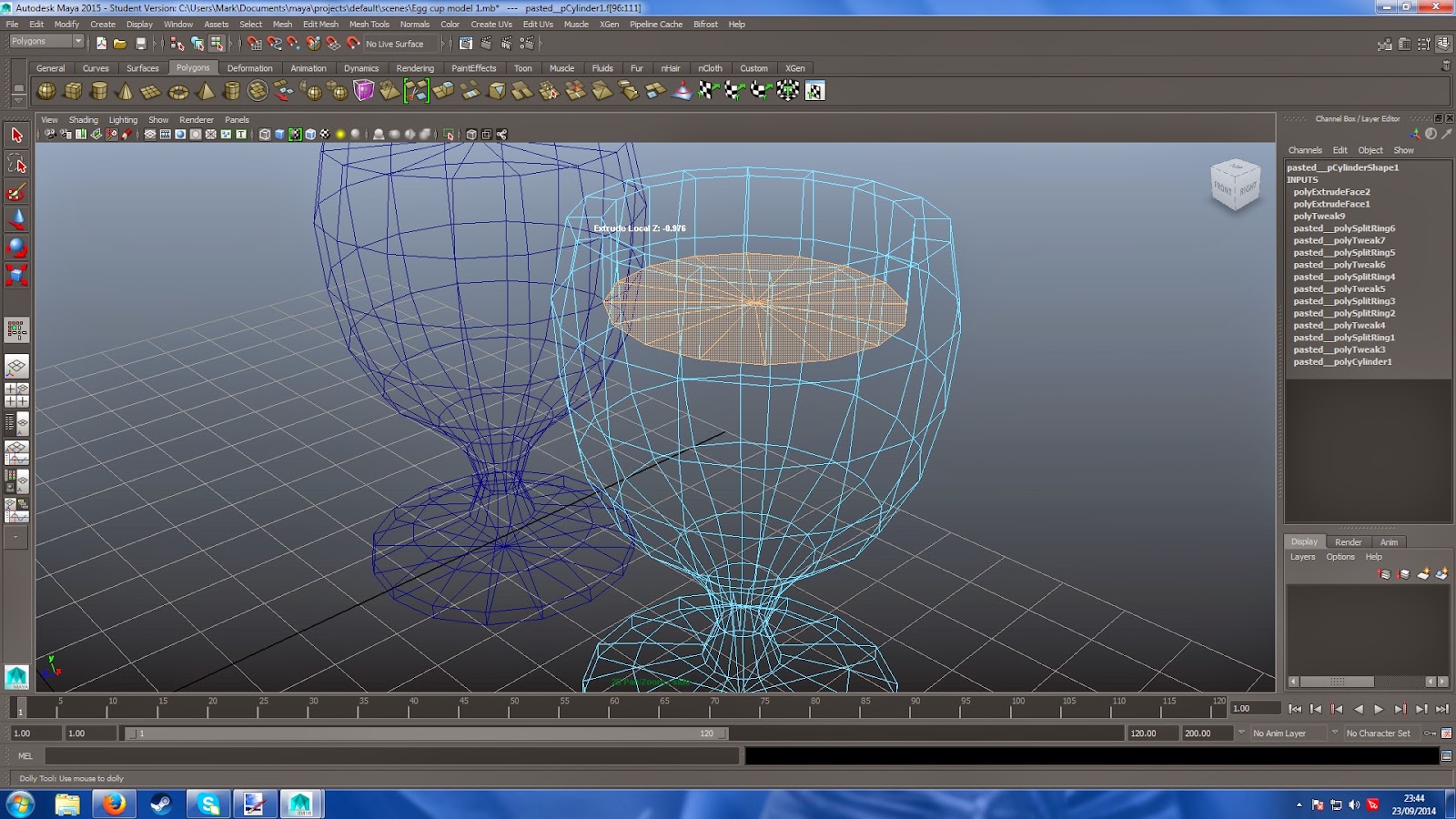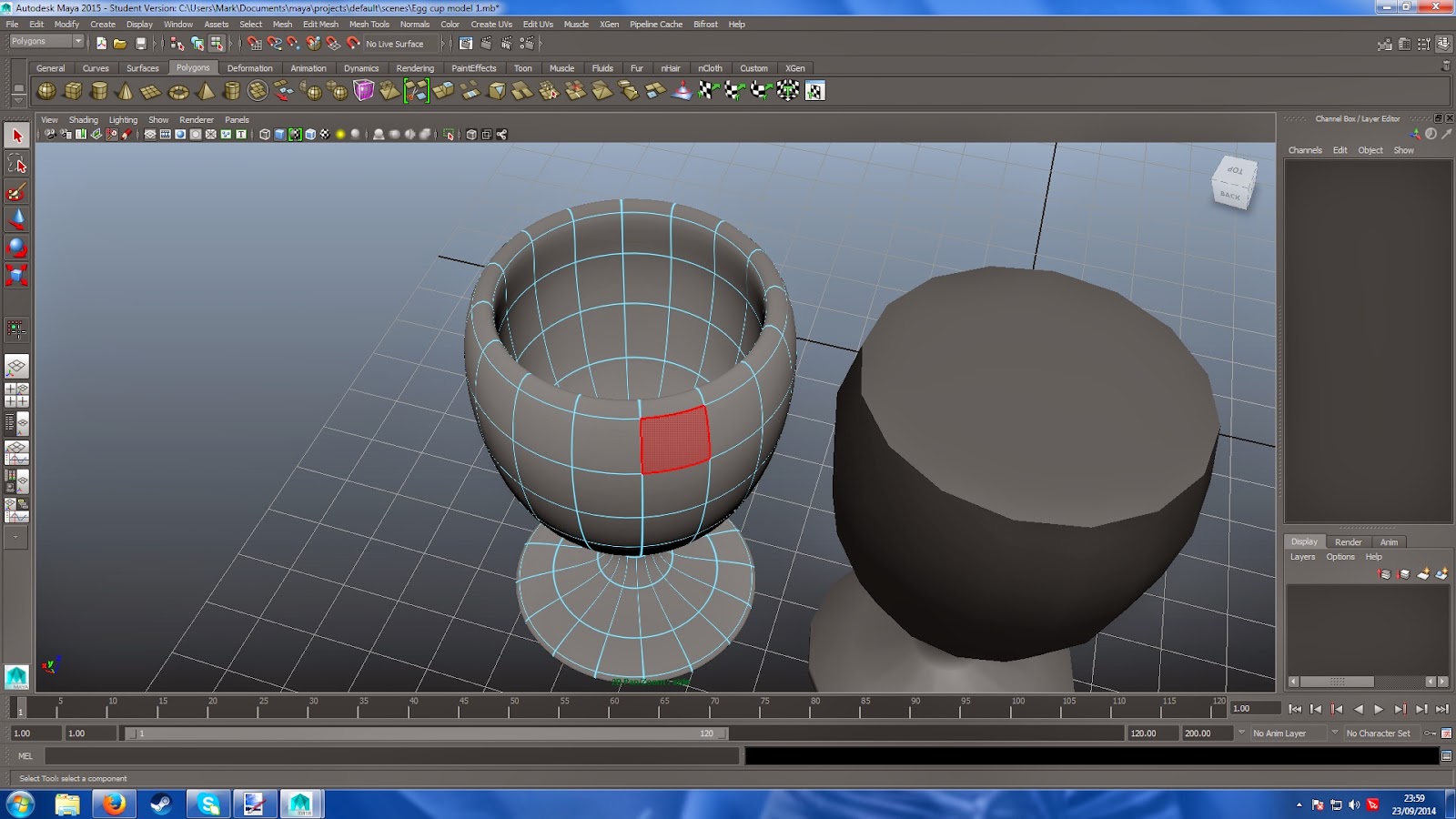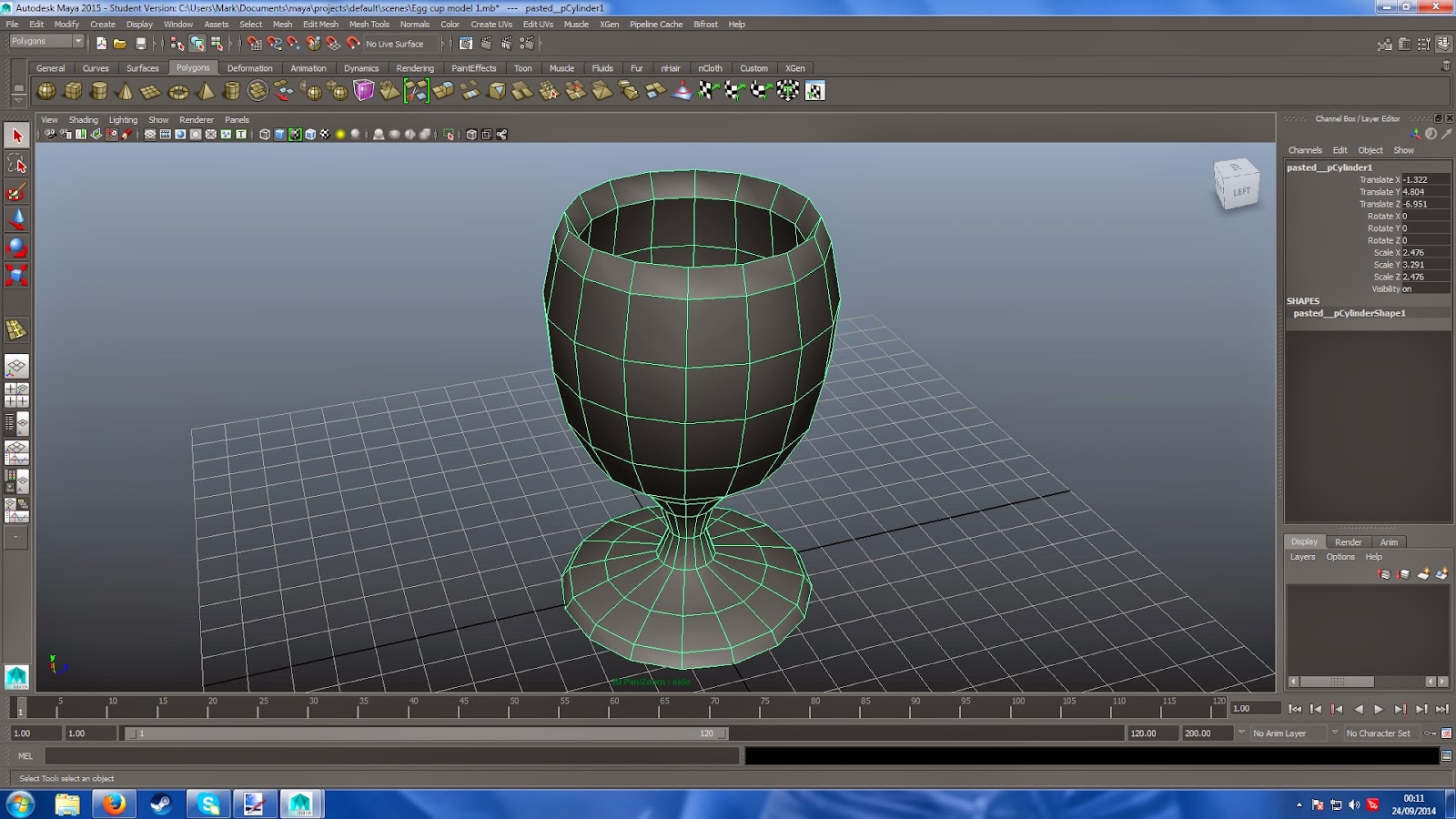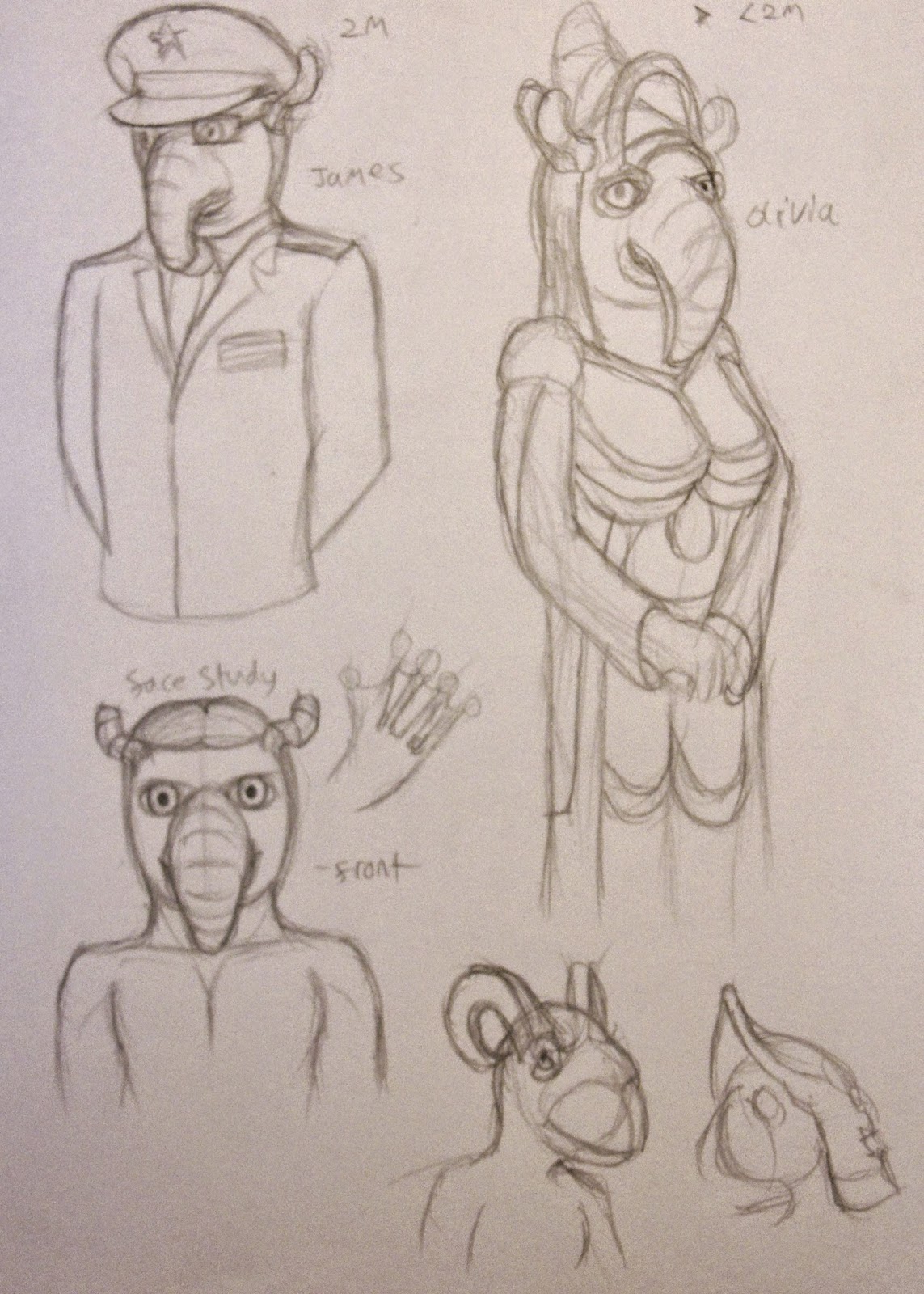 |
Source
Springer, M; Open Culture: |
|
- Native Title: Das Cabinet des Dr. Caligari (The Cabinet of Dr. Caligari)
- Primary Language: German (silent)
- Format: Black and White with tinting
- Year of release: 1920
- Director: Robert Weine
- Budget: est. $US 18,000
- Film Length: 71 minutes
- Production Company: Decla-Bioscop AG
The Cabinet of Dr. Caligari is a German expressionist film made in the 1920s, the general synopsis is that it is a frame story told from the perspective of a German man named Francis, who initially speaks to an older gentleman as he rambles on about spirits.
Francis speaks of a Dr. Caligary, an elderly gentleman who has comes to show a display of Cesare the Somnambulist (or sleepwalker) at an expedition in the town Francis grew up in and to which his story takes place. After the death of his friend the night after visiting the local carnival, Francis declares that he will not rest until he finds his friend's killer, his movements perhaps the first sign of his descent into a spiralling madness.
"I found myself pleasantly surprised and inspired by this film – despite
the lack of voice acting, i was engaged throughout the film. I found the
mood and atmosphere extremely dark and sinister, for which main credit
goes to the setting design and score" (Letchford, 2014)
 |
The first time Cesare wakes up is a solid
establishment that he is the most disturbing
character of the entire film. |
Cabinet is a psychological horror that plays off themes of discordance and the surreal. As a silent film
Cabinet lacks any spoken dialogue outside of text frames with many visual cues performed by a cello to create a dissonant tone throughout the film. The film bears a strong reflection of the image of psychology at the time; Early psychologist Sigmund Freud popularised the idea of psychology as a science and the common image of a psychologist at the time was as a detached, analytical and disturbing figure who was often more interested in probing the workings of a patient's brain than the welfare of the patient themselves. This is perhaps hinted at by Caligari himself who, upon receiving Cesare at the asylum he worked in, proceeded to run his hands over and fondles Cesare's body gleefully as if the man had been given to Caligari as the best Christmas present ever. The film also reflects not just the mentality of psychology at the time but also perhaps the mindset of psychological disorders: Cesare is merely diagnosed as a sleepwalker, yet despite one scene indicating he had been conditioned to kill against his will there was no indication that he was anything but a creepy pariah-type who could not function in normal society. As Francis grows more and more psychologically wrecked his movements became more and more outlandish. Hunching over, grinning childishly or leaning forward a lot.
"Robert Wiene has made perfect use of settings
designed by Hermann Warm, Walter Reimann and Walter Roehrig, settings that
squeeze and turn and adjust the eye and through the eye the mentality." (Erbert, 2009, quoting the 1920 review in Variety magazine)
 |
The theatre-like sets include jagged edges, angled walls and
their own shadows and even light patterns painted onto their
surfaces, creating an illusion when characters own shadows
are not the same as the ones portrayed on-set. |
Many of the sets in the film are jagged and offset to what they would be, with walls ascending inwards and furniture and wall features arranged in awkward and twisted positions, lacking any euclidean uniformity natural in many artificial landscapes and appearing as an expressionist painting in reality. In some cases such as the interiors of Jane's house and the courtyard of the mental asylum there are indications by the sets and the furniture that they are more grounded locations, as unlike most of the sets they bear symmetry and a sense of uniformity. Weine likely used the arrangements of the sets as an indicator of Francis' (Or perhaps Caligari's) mental state, portraying a man who was losing his grip on reality however who's mind we're viewing the film from (either Francis or Dr. Caligari) is not made entirely clear. Even the dialogue is portrayed disturbingly, as the text for speech is printed in a text format reminsicent of hastily marked paint stains footed by an abstract line and set to an expressionist background of jagged boxes. The text is messy, floaty, it doesn't keep to any particular uniformity which adds to the idea that the mind of the narrator is a mess.
 |
| Caligari and Cesare at Caligari's exhibition |
The use of make-up on the faces of several characters amplify their expressions. One of Caligari's establishing moments in the film is approaching the camera and grimacing at the audience, which depending on the person indicates he's quirky at best and downright crazy at worst. Several close-up shots indicate how sinister he is by showing him glaring intensely at whatever is in his focus.
One of the pinnacle moments of the film's explanation for Caligari's sinister motive as well as his insanity is when the words "Du musst Caligari werden" (German: You must become Caligari) appear in front and around him over and over again, eventually almost flooding the screen, driving home that Caligar is somehow compelled though his obsession to become this man that he has read about, originally to understand how this Caligari figure achieve what he managed according to legend, eventually spiralling to a point where pursuit of knowledge became reliving the character. Again this could be a reflection of psychologists at the time who were thought to go questionable lengths in the name of science.
"The film draws on the eerie, occult experience of early cinema itself,
whose flickering ghostly images – such as Caligari's cabinet, and all
kinds of fashionable table-rapping and fortune-telling – were often to
be presented in fairground tents." (Bradshaw, 2014)
Cabinet is a surreal and compelling film with an ending that can leave the viewer shocked and questioning what was real and who's mind the story was expressed from the perspective of. A disturbing example of 1920s filmmaking and the loutlook on the emerging science of psychology. It also shows that an immense budget is not required to make an incredible and timeless film as the quality of the sets and the cardboard-like nature of the sets and the modest on-location scene of the park when compared to other big films of the day (such as Charlie Chaplain's 1921 film "
The Idle Class" and Marcel L'Herbier's 1929 film "
L'Argent") are an indicator of how lavish the buget was but this is not a direct correlation on quality as despite this, the film can be considered a classic of film history.
Bibliography:
- (Lechford, S., 2014): The Cabinet of Dr Caligari Film Analysis; Context is Everything, Wordpress; published 16th February 2014; http://samletchfordfilm.wordpress.com/2014/02/26/the-cabinet-of-dr-caligari-film-review/ (last accessed 24th September 2014)
- (Springer, M., 2013): The cabinet of Dr. Caligari: See the Restored Version Of The 1920 Horror Classic With Its Original Colour Tinting; Open Culture; published 31st October 2013; http://www.openculture.com/2013/10/the-cabinet-of-dr-caligari-see-the-restored-version.html; (Last Accessed 24thSeptember 2014)
- (Jesperson. M.) The Cabinet of Dr. Caligari (1920), IMDb http://www.imdb.com/title/tt0010323/ (last accessed 23rd September 2014)
- (Ebert, R., 2009): The Cabinet of Dr. Caligari; Roger Ebart.com; published 3rd June 2009; http://www.rogerebert.com/reviews/great-movie-the-cabinet-of-dr-caligari-1920 (last accessed 24th September 2014)
- (Bradshaw P., 2014): The Cabinet of Dr. Caligari review - occult scary-movie touchstone from 1920; The Guardian; published 28th August 2014; http://www.theguardian.com/film/2014/aug/28/the-cabinet-of-dr-caligari-film-review (Last accessed 24th September 2014)
- (Donati, R., 2008); Caligari and Hellraiser: A Lineage, Off Screen; published October 2008; http://offscreen.com/view/caligari_and_hellraiser (Last accessed 24th September 2014)
- (Holmes, M., 2007) The Cabinet of Dr. Caligari: Suffering Creates Art?; What Culture; published 10th August 2007; http://whatculture.com/film/55-the-cabinet-of-dr-caligari-1920-robert-wiene.php (last accessed 24th September 2014)
- (Hutchinson, P., 2014); 10 Great Films Se in the Roaring 20s; British Film Institute; published 10th June 2014; http://www.bfi.org.uk/news-opinion/news-bfi/lists/10-great-films-set-roaring-20s (last accessed 24th September 2014)








